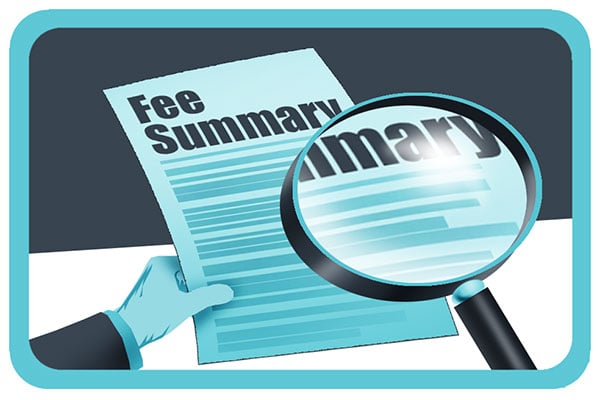A CFA Institute study conducted late last year found that “investors are expecting higher levels of transparency than ever before." That's what our clients are seeing as well. Institutional investors facing tight budgets are putting pressure on their investment funds to justify their price tags, so investor scrutiny is high.
In addition, there are calls for transparency from the regulators in the European Union, the United States and elsewhere. Of particular concern is the looming implementation in Europe of MiFID II, EU legislation that's currently set to go live in January 2018, well before the U.K.’s formal exit from the EU.

MiFID II is a comprehensive set of regulations, but one aspect that stands out for us is fee transparency. Among other things, MiFID II will require firms to separate (or “unbundle") fees paid for research from those paid for execution – and to provide annual reporting to end clients on the research consumed and how fees they pay to their investment firms have been applied to pay for it. Meanwhile, the U.K.'s Financial Conduct Authority is saying that client commissions can't be linked to research payments, and that the typical commission sharing agreements (CSAs) currently in place alone are insufficient for managing the process.
Both MiFID II and the FCA regulations are asking for enormous amounts of data to be tracked and reported, down to the individual fund vehicle level, verified by the investment manager and reconciled across accounts. This makes the task of tracking such data, and reporting it in a comprehensive, consistent manner daunting. That, in turn, calls for a single, flexible system for processing and standardizing payments data and then reporting it in multiple formats.
This is why we believe today's environment demands an easy-to-use commission management toolkit to be layered on top of CSA relationships. The ideal solution for asset managers should be set up for budgeting research spending versus actual spending, reconciling CSA balances and payments, and reporting both internally and to clients. For instance, Eze Commission Management comprehensively centralizes recordkeeping, automates budgeting and voting and consolidates data across relationships. Click here if you'd like a little further reading on this.
On the flip side, investors in alternatives are increasingly asking that hedge funds and private equity funds report figures to them more often and in more detail than ever before. Using spreadsheets to manage shareholder accounting is inefficient, time- and resource-consuming, and prone to error.
This is where limited partner accounting comes into play: fund managers have asked us for help in reporting allocation and fees down to shareholder and limited partner level — all while taking care of nuances such as tranches, waterfalls, hurdles, layering, side-pockets, share equalization, clawbacks, feeders, commitments and withdrawals. With that in mind, Eze Software Group has the best specialists in the business — integrated after the acquisition of TKS Solutions —delivering a comprehensive extension to Portfolio & Investor Accounting application within Investment Suite.
All in all, the quest for fee transparency isn't going away. Systems that can capture, dissect and distribute fee data in a comprehensive standardized manner will ultimately become the go-to for managers looking to simplify the process.
For more on managing transparency requirements, stay tuned for next week's post from Ron Kashden, managing director of Eze Investor Accounting, on what's happening in the world of private equity — and how we're playing a key role in helping PE funds come up to speed. Don't forget to subscribe so you can catch my upcoming posts on topics like managing data and simplifying technology. Thanks for reading!

